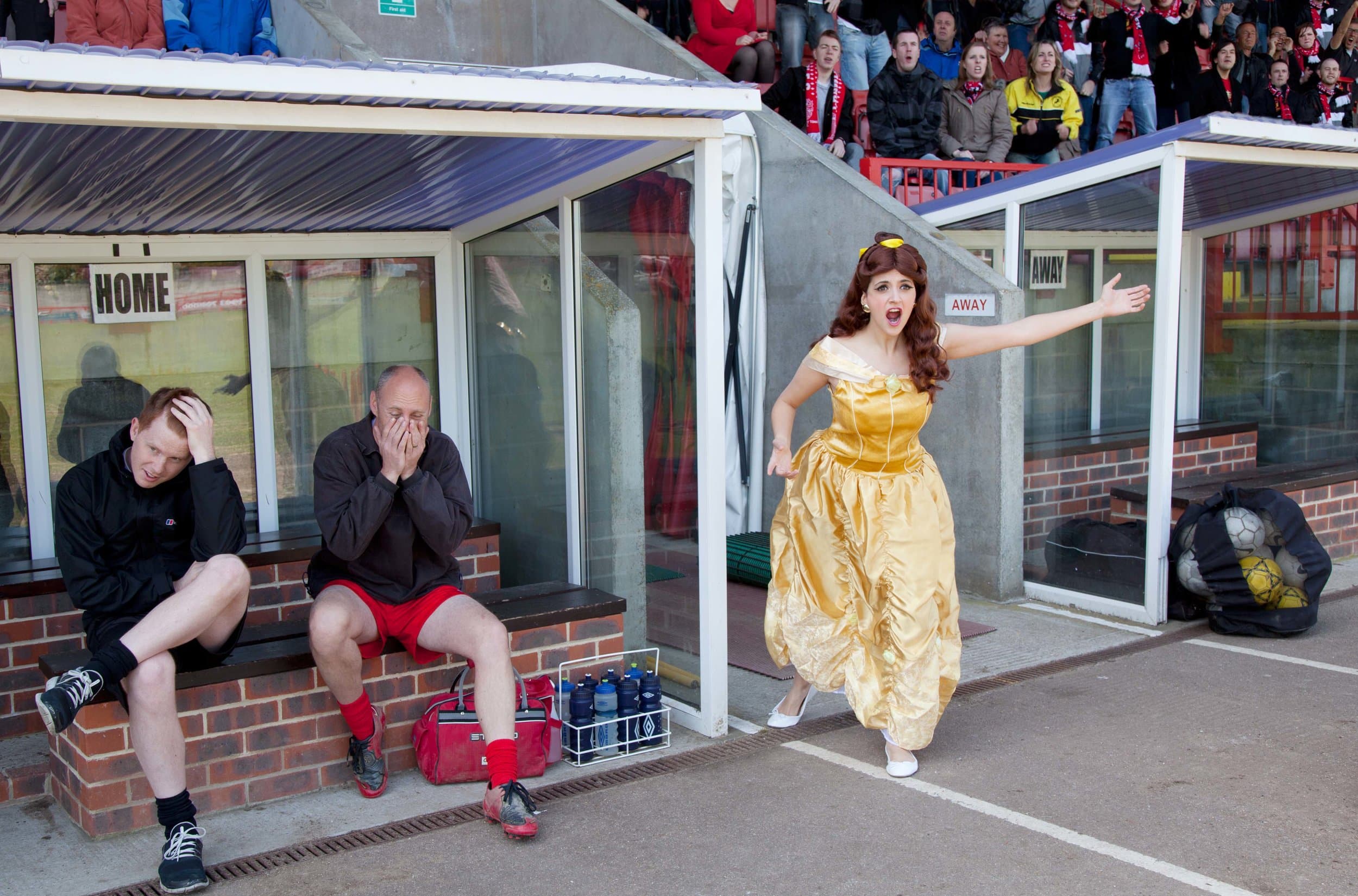I am intrigued by Kate Manne’s theory of misogyny, an effort to deconstruct the gender politics of our time. But I find her analysis misguided in some ways and lacking foundation, largely due to an over-reliance on the zeitgeist du jour of singular public figures. From the get-go, I must disagree with her terminology, not as a simple case of misdefinition but as a fundamental misattribution of power and motive. It helps first to clarify my own use of feminist terminology.
The patriarchy objects less to the repudiation of feminine qualities than to subversion of the gendered division of labor.
While I agree that we must differentiate among patriarchy, sexism, and misogyny, I would do so very differently. As etymology indicates, patriarchy refers to the gendered political, social, and economic arrangement of power. Sexism refers to the cultural, interpersonal, or bureaucratic manifestations or invocations of that patriarchy. And misogyny refers to libidinal animosity toward women, born of the anxieties—in the Freudian sense—produced by patriarchy. Both sexism and misogyny can be quite subtle. Sexism can be oblivious, even an attempt at benevolence—say, a man paying a woman an inappropriate compliment in a possibly unconscious attempt to be friendly. Misogyny, by contrast, is inherently hostile: the same man paying the same compliment, but this time intending to make the woman feel uncomfortable. While misogyny is a form of sexism, most sexism is not misogyny.
But if patriarchy is the well from which misogyny and sexism spring, where does patriarchy come from? Many would look to biological difference between the sexes as underwriting a hegemonic gender binary, and this is not wrong. Without any foresight into one’s future sexual preference, potential desire for children of one’s own, or biological fertility, one’s reproductive capabilities are assessed from the moment of birth. Gender identity is ascribed according to that assessment. However, “difference” in and of itself is a shallow understanding of the binary. It limits us to either a mistaken gender essentialism of the sexed body or an explanation by negation, in which case the answer to the question, “How do you know you’re a woman?” becomes, “I know that I am not a man.”
To avoid this trap, a Marxist feminist definition of sex is helpful—one that points us to labor, specifically the labor of reproduction. The bodies that produce children are female bodies. Thus “women”—the social construction of femaleness—became the designated labor force for child production and rearing and still retain that role of a “sex class,” as Shulamith Firestone, the feminist influenced by Engels, put it. Industrialization, reproductive technology, women’s and queer rights movements, and many other factors have provided physical and cultural alternatives to this materialist ideology, but only for individual women and at individual moments. Technological modernity and social progress don’t come close to liberating women as a class, even in the most developed and feminist societies. Bodies are still sexed, usually in binary terms, and we remain at the mercy of biological determinism.
So Manne’s focus on abortion and birth control is crucial, but I arrive at different conclusions. She writes that, in the eyes of the misogynist, women who seek to control their reproduction are “guilty” of being “selfish . . . cold, callous, and heartless, neglecting their obligations and refusing to nurture.” This is not inaccurate; it just puts the cart before the horse. Many misogynists do think this way (although not all: there is a large subculture of Internet misogyny that advocates vociferously for abortion). But what the patriarchy really objects to in women’s (yet unrealized) reproductive liberation is not a repudiation of feminine qualities and womanly duties. It is rather the subversion of a division of labor in which women are dependent on men, empowering the latter at the expense of the former.
As a Marxist I insist that the only way out of these class distinctions is liberation from biology itself. Barring post-human reproductive alternatives, this requires an advanced welfare society and an economic democracy in which reproductive labor is supported by policy, not just revered by a cult of motherhood. The cultural elements of patriarchy—sexism and misogyny—are not its foundation by any means, but Manne’s focus on verbal abuse and general male antipathy toward women, particularly powerful women, is too ahistorical, bourgeois-oriented, and U.S.-centric to articulate the deeper workings of patriarchy.








